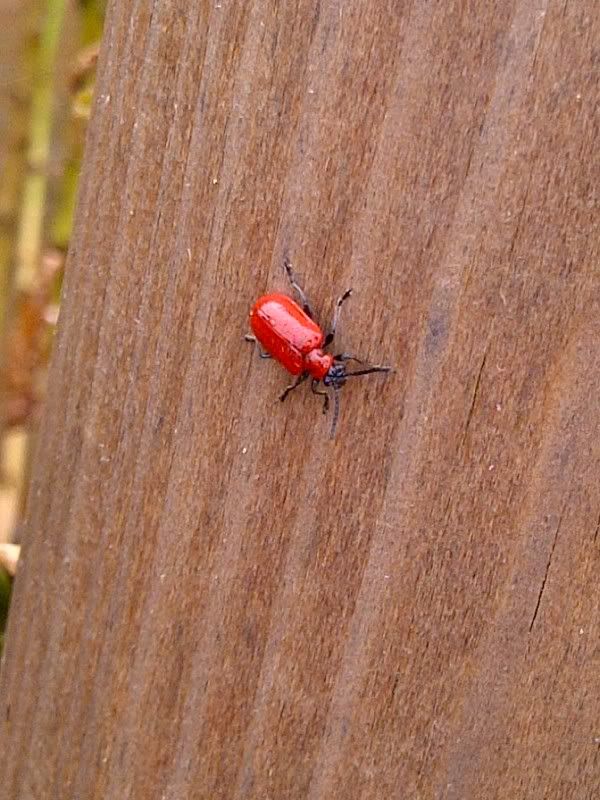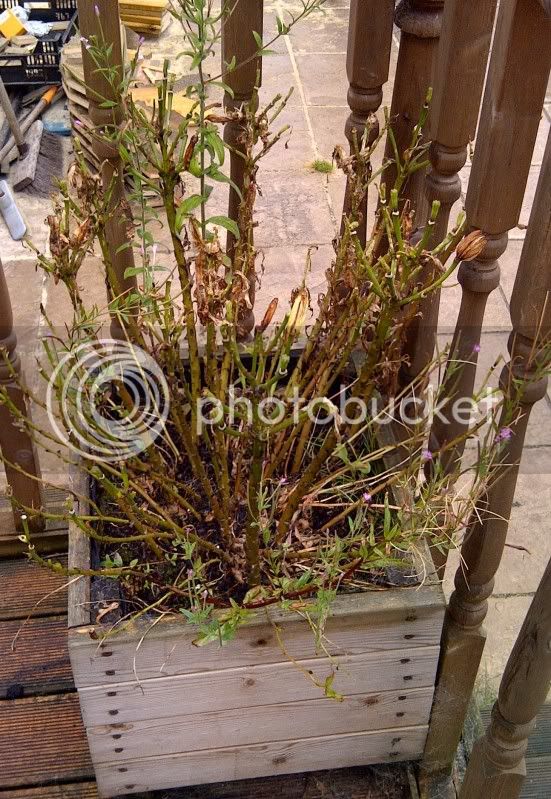taff..
Field Bee
- Joined
- Dec 25, 2008
- Messages
- 796
- Reaction score
- 0
- Location
- By that there Forest
- Hive Type
- National
- Number of Hives
- 4
in case you haven't seen these little blighters before..

and what they do to lilys

I tried picking adults off earlier in the year but a. remembering to do it and b. actually having time to do it both seem to be a problem that has resulted in both of lily pots looking like the second photo.
has anyone dealt with these things before? how did you do it? I don't want my pots looking like that again next year

and what they do to lilys

I tried picking adults off earlier in the year but a. remembering to do it and b. actually having time to do it both seem to be a problem that has resulted in both of lily pots looking like the second photo.
has anyone dealt with these things before? how did you do it? I don't want my pots looking like that again next year




